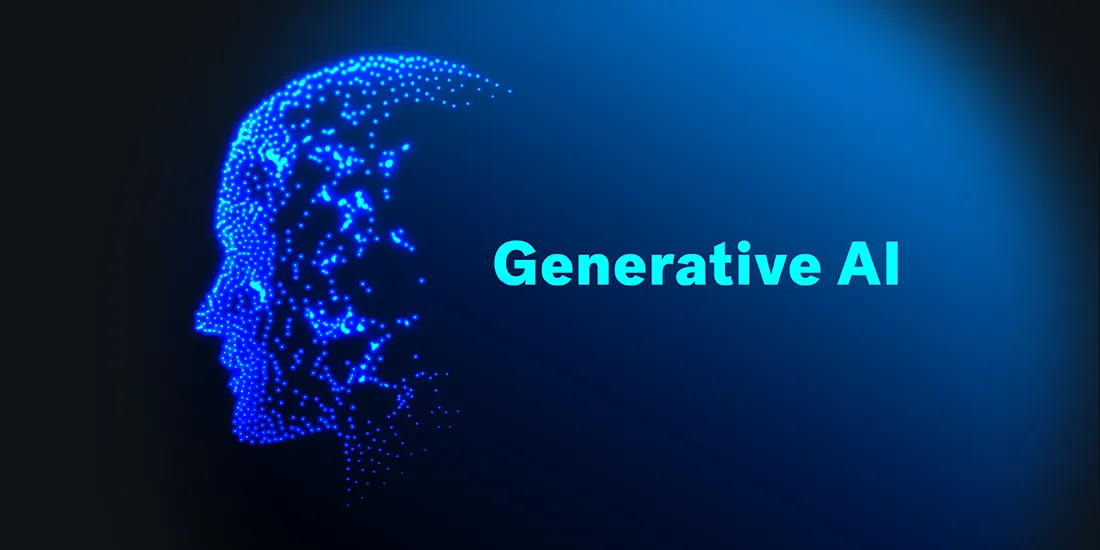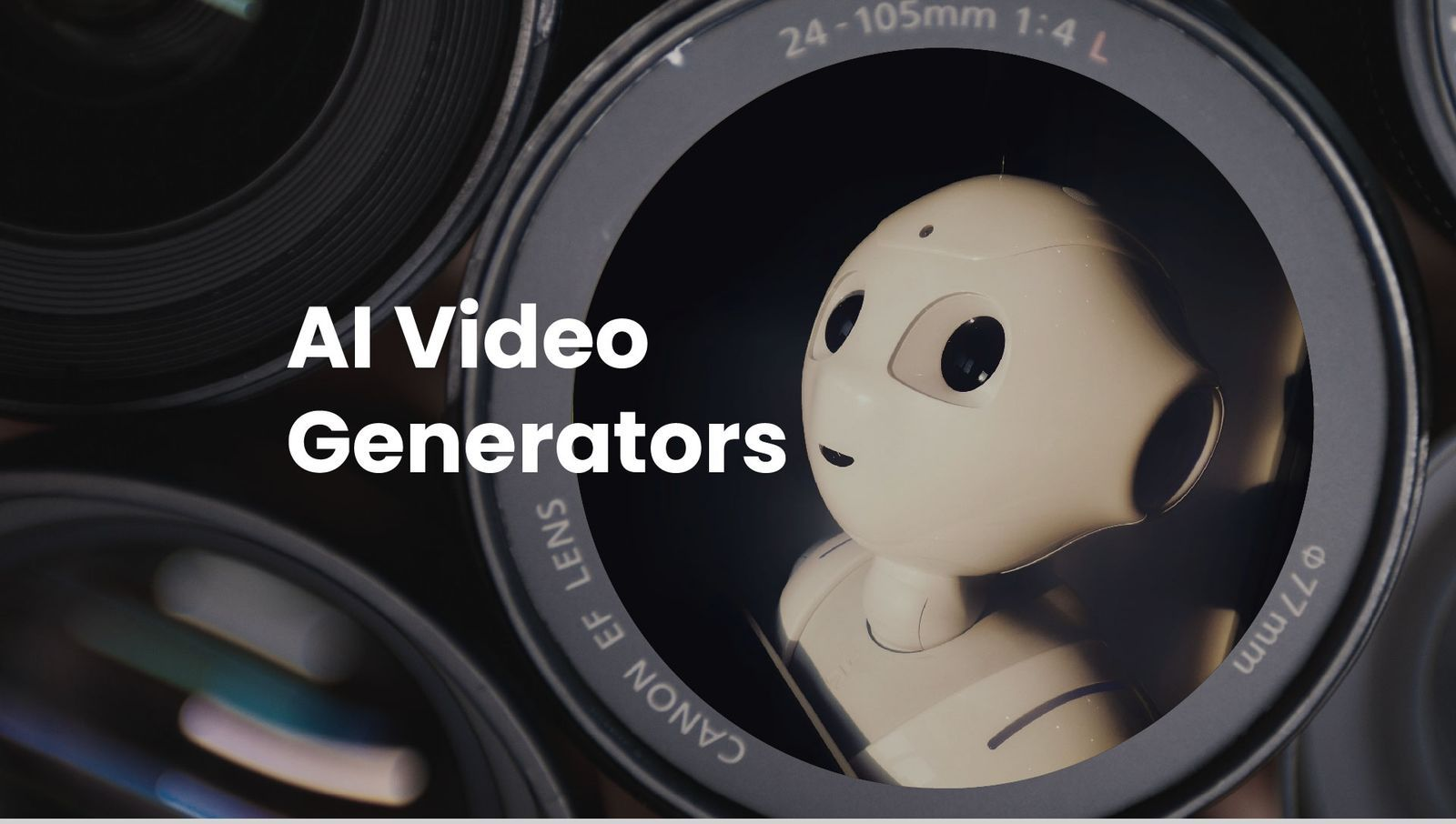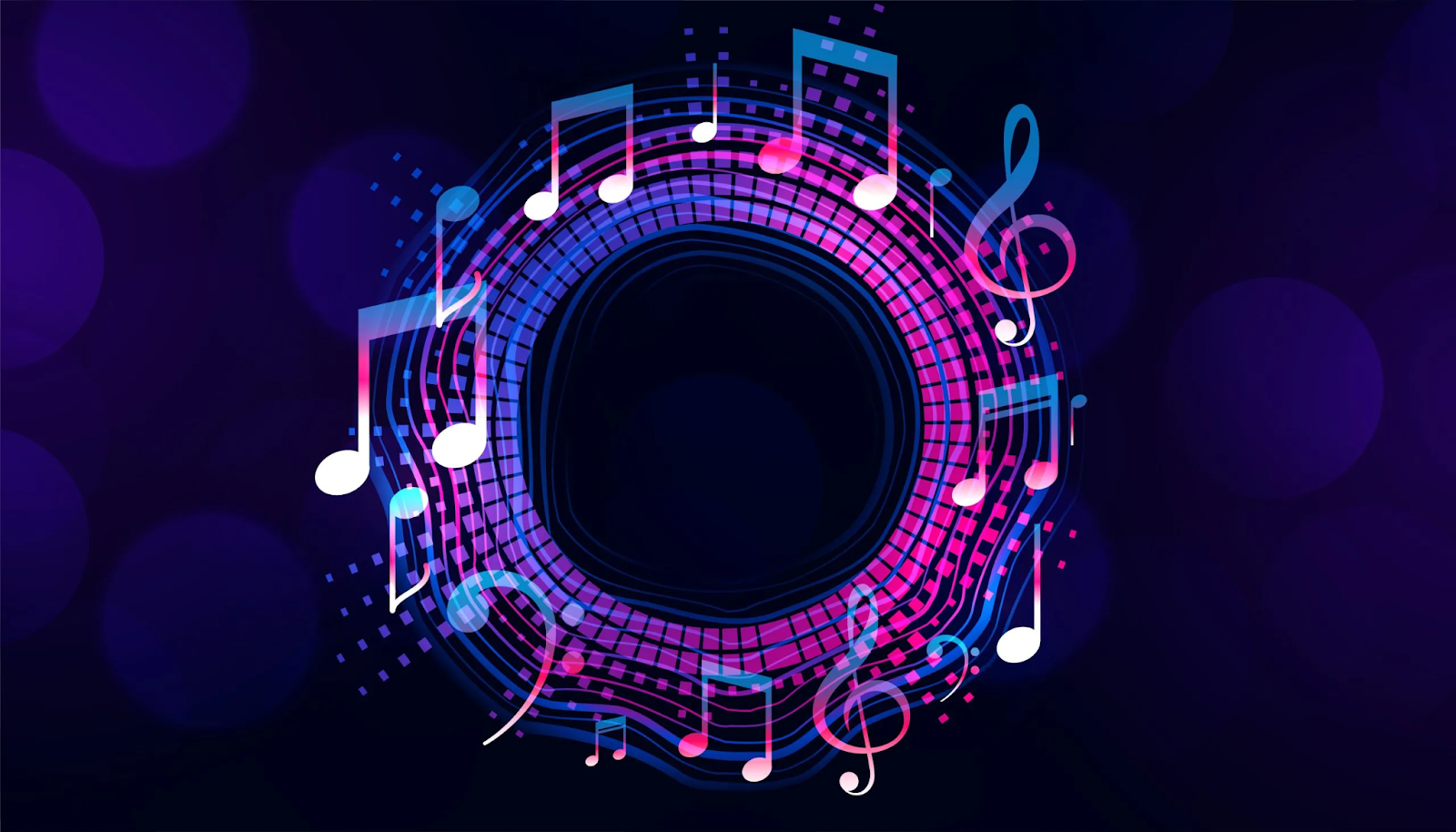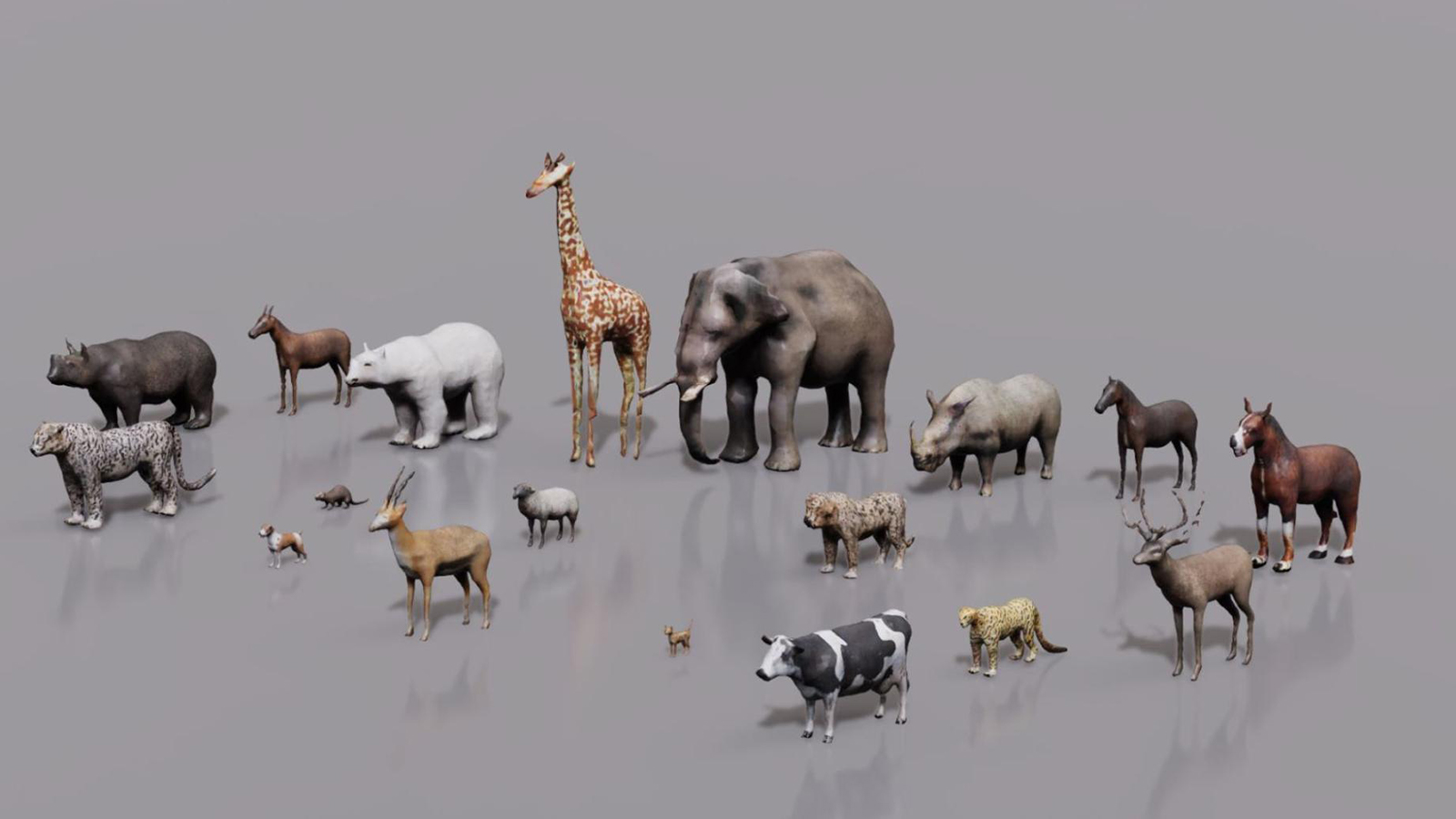The Creative Revolution: How Generative AI is Transforming Full-Stack Content Creation

The creative industry is experiencing a seismic shift. What once required teams of specialists, expensive equipment, and months of production time can now be accomplished by a single creator armed with the right AI tools. Generative artificial intelligence has evolved from a fascinating experiment to a production-ready powerhouse that's democratizing content creation across video, audio, and 3D assets.
The New Creative Landscape
Traditional content creation workflows have always been siloed. Video production required cinematographers, editors, and post-production specialists. Audio content needed sound engineers, composers, and voice actors. 3D modeling demanded skilled artists proficient in complex software suites. Today, generative AI is breaking down these barriers, enabling creators to work across all these mediums with unprecedented speed and accessibility.
This isn't just about automation—it's about augmentation. AI tools are becoming creative partners that can generate ideas, iterate on concepts, and produce high-quality assets while allowing human creators to focus on storytelling, strategy, and artistic direction.
Video Generation: From Text to Moving Pictures

The video generation space has exploded with innovation. Modern AI systems can create everything from short clips to longer-form content directly from text descriptions, transforming how we think about video production.
Text-to-Video Capabilities: Current platforms can generate realistic footage, animated sequences, and even complex scenes with multiple characters and dynamic camera movements. The technology handles lighting, composition, and motion with remarkable sophistication, producing results that often rival traditional animation and live-action footage.
Style and Consistency: Advanced models maintain visual consistency across frames, ensuring that characters, objects, and environments remain coherent throughout sequences. This addresses one of the early challenges in AI video generation where flickering and morphing between frames created jarring viewing experiences.
Integration with Traditional Workflows: Rather than replacing traditional video production entirely, these tools are becoming integrated into existing pipelines. Directors can quickly prototype scenes, editors can generate B-roll footage, and animators can create base animations that they then refine and enhance.
Audio Revolution: Synthesizing Sound and Music

The audio landscape has been equally transformed, with AI systems capable of generating music, sound effects, and even realistic human speech from simple prompts.
Music Generation: AI music generators can create complete compositions across any genre, from orchestral scores to electronic dance music. These systems understand musical theory, can maintain consistent themes and motifs, and can even adapt compositions to match specific moods or video content.
Voice Synthesis and Cloning: Modern voice AI can generate natural-sounding speech in multiple languages and accents. Some systems can even clone voices from audio samples, enabling creators to generate narration, dialogue, or presentations without recording sessions.
Sound Design: Environmental sounds, sound effects, and ambient audio can be generated on demand. This is particularly valuable for video game development, film post-production, and podcast creation where custom sound design traditionally required extensive libraries or recording sessions.
Adaptive Audio: AI systems can create audio that adapts to content in real-time, such as background music that adjusts its tempo and intensity based on video pacing, or sound effects that automatically sync with visual elements.
3D Asset Creation: Building Digital Worlds

The 3D creation space might be seeing the most dramatic transformation, as AI tools address the traditionally high barrier to entry in 3D modeling and animation.
Text-to-3D Models: Creators can now generate 3D objects, characters, and environments from simple text descriptions. These systems understand spatial relationships, proportions, and can create assets that are immediately usable in game engines, architectural visualization, or virtual reality applications.
Procedural Generation: AI-driven procedural generation can create vast, detailed environments with minimal input. This is revolutionizing game development, where entire worlds can be generated and then refined by human artists.
Animation and Rigging: Traditional character rigging and animation, which could take weeks to master, can now be automated. AI systems can create bone structures for 3D models and even generate basic animations based on reference footage or motion descriptions.
Material and Texture Generation: Surface materials and textures can be generated and applied automatically, with AI understanding how different materials should look under various lighting conditions and from different angles.
The Integrated Workflow: Full-Stack Creation
The real power emerges when these technologies work together in integrated workflows. Creators can now:
- Conceptualize with AI-generated mood boards and style references
- Script with AI writing assistants that understand narrative structure
- Visualize with AI-generated storyboards and animatics
- Create assets across video, audio, and 3D simultaneously
- Iterate rapidly with real-time generation and modification
- Publish with AI-optimized formats for different platforms
This integration means that a single creator can produce content that previously required entire production teams. Independent filmmakers can create visual effects that rival Hollywood productions, solo game developers can build expansive worlds, and content creators can maintain consistent output across multiple formats and platforms.
Current Limitations and Considerations
While the technology is advancing rapidly, several challenges remain:
Quality Consistency: While AI-generated content can be stunning, maintaining consistent quality across longer projects remains challenging. Human oversight and refinement are still essential for professional results.
Creative Control: Balancing AI efficiency with creative vision requires skill. The best results come from creators who understand both the capabilities and limitations of their tools.
Ethical Considerations: Questions around copyright, attribution, and the use of training data continue to evolve. Creators must navigate these considerations as they adopt new tools.
Technical Requirements: While more accessible than traditional methods, AI content creation still requires significant computational resources and technical understanding for optimal results.
The Future of Creative Production
Looking ahead, we can expect even more seamless integration between AI generation tools and traditional creative software. Real-time collaboration between human creators and AI systems will become more sophisticated, with AI understanding context, brand guidelines, and creative preferences.
The democratization of content creation is opening new possibilities for storytelling, education, and communication. Small teams and individual creators can now produce content at scales previously reserved for major studios and production houses.
However, this technological revolution also emphasizes the enduring importance of human creativity. While AI can generate assets and even complete projects, the vision, emotion, and meaning that drive compelling content remain distinctly human contributions.
Getting Started: Practical Steps
For creators looking to integrate AI into their workflows:
- Identify Your Needs: Determine which aspects of your current workflow could benefit from AI assistance
- Start Small: Experiment with one domain (video, audio, or 3D) before expanding
- Learn the Tools: Each AI platform has its own strengths and optimal use cases
- Develop Prompting Skills: Effective AI content creation requires learning how to communicate with AI systems
- Maintain Creative Vision: Use AI as a tool to realize your vision, not replace it
Conclusion
Generative AI for full-stack content creation represents more than just technological advancement—it's a fundamental shift in how creative work gets done. By lowering barriers to entry and accelerating production timelines, these tools are enabling a new generation of creators to bring their visions to life.
The future belongs to creators who can effectively blend human creativity with AI capabilities, using technology not as a replacement for artistic vision, but as a powerful amplifier of creative potential. As these tools continue to evolve, we're likely to see content creation become even more accessible, diverse, and imaginative than ever before.
The creative revolution is just beginning, and the possibilities are limited only by our imagination and our ability to harness these powerful new tools in service of compelling storytelling and meaningful content.